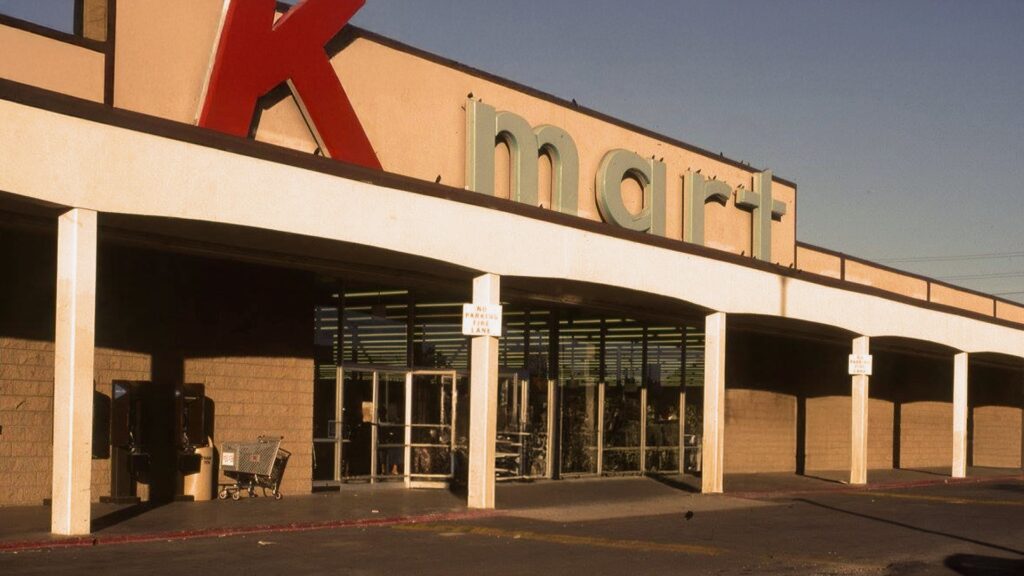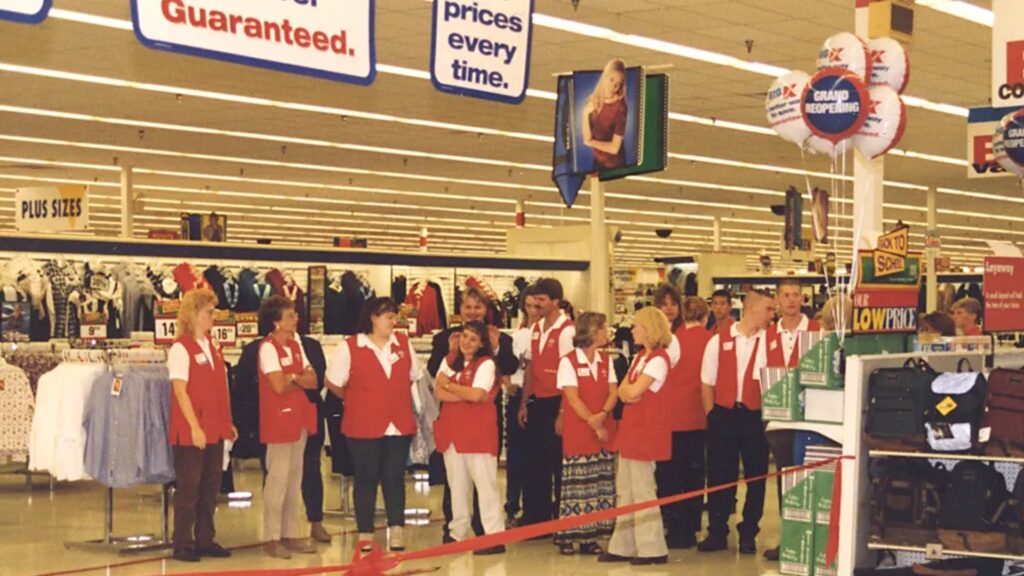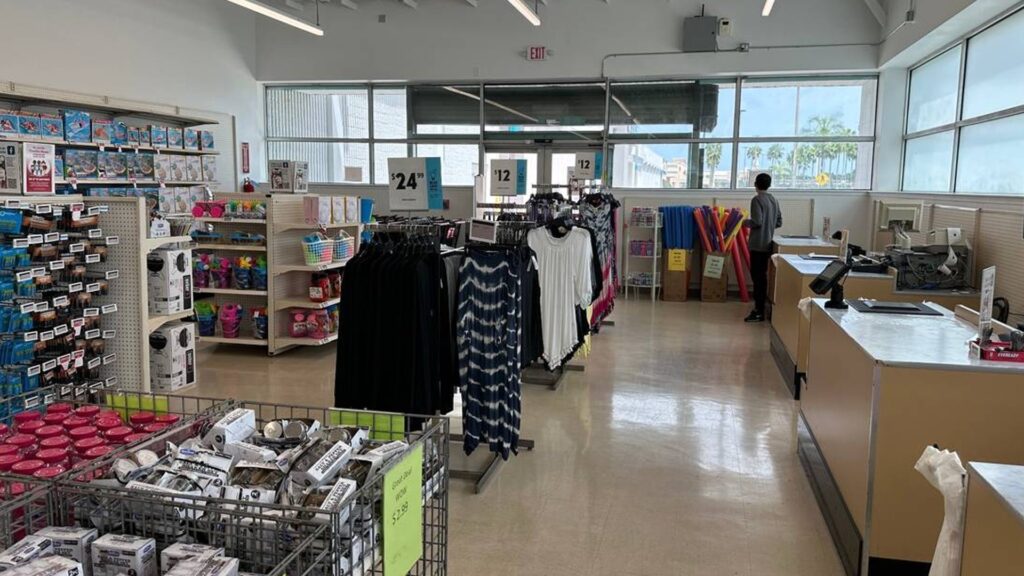
(CLAIR | Simi Valley, CA) — Not long ago, Kmart was a retail staple in American life. Its red “K” signs marked the entrance to over 2,000 stores across the country. In cities like Simi Valley, the local Kmart wasn’t just another store—it was where families shopped for school supplies, kitchen appliances, toys, and clothes all under one roof.
Today, only one Kmart remains in the continental United States. It’s located in a corner of a Miami shopping plaza, a quiet reminder of what the brand once was.
Simi Valley’s Kmart closed in early 2007, like many others across the country. The site at 51 E. Tierra Rejada Road was cleared to make room for a large Target. The closure affected dozens of employees and marked a shift in how the city’s residents shopped. But for many, the store had already become a memory of a different kind of retail experience—slower, simpler, and centered around necessity rather than branding.

Inside that store, customers once found layaway counters, seasonal displays, and rows of low-cost essentials. It served generations of local shoppers and was part of the everyday routine. Many remember the layout, the toy aisle near the back, and the small snack bar that served Icees and pretzels.

Kmart’s collapse came slowly. Years of financial troubles, outdated business strategies, and a failed merger with Sears left the brand without direction. Locations like the one in Simi Valley were closed, sold, or repurposed. At its peak, Kmart was one of the largest retailers in the country. Now, it survives in name only.
The last U.S. Kmart still open is in Miami. It occupies a small corner of a plaza and is surrounded by newer, more modern stores. Inside, it resembles a downsized version of its former self. The space feels more like a local discount store than a national chain. Inventory is sparse, aisles are short, and the customer flow is light.

For many Americans, Kmart is now something they remember, not somewhere they shop. Its decline reflects a broader change in the way people buy—fewer trips to multipurpose stores, more focus on online shopping, and increased pressure from competitors like Walmart, Target, and Amazon.













